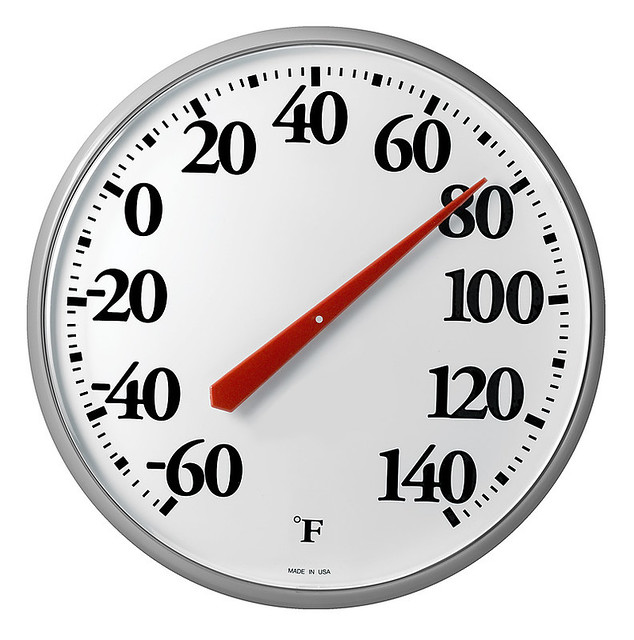 Soil temperatures are important to those of you who plant seeds and plant sets each spring. I've always winged it since I never really knew where or how to get accurate information. I would error on the warm side rather than take the chance of seeds rotting or not germinating.
Soil temperatures are important to those of you who plant seeds and plant sets each spring. I've always winged it since I never really knew where or how to get accurate information. I would error on the warm side rather than take the chance of seeds rotting or not germinating. Today, Anthony Peoples (WQAD meteorologist) commented on this very subject and I asked him where I could get info on a regular basis. The door opened and he gave a resource to me and that led to another. Love it when it works so well - and thank you Anthony!
http://www.agri.state.il.us/news/markets/cropreport.pdf
http://www.isws.illinois.edu/warm/soiltemp.asp
These both are from an Illinois perspective and if your computer doesn't process pdf files, use the other. Other states will have sights sponsored by their USDA or their local university specializing in agriculture.
(I might add the U of Illinois has downsized and some of their on-line informational columnists have been let go. Back information usually stays on the web history. It's sad so many fine educational employees will no longer have U of I employment or be a benefit for the state's residents.)
For the farmer, soil temperature is a major importance for nitrogen application and planting. There is a massive amount of data regarding how and why. It is interesting reading but I'll leave the fine points to those who need to use it for their livelihood.
If you use lawn and garden chemicals, correct soil temperature is often a necessary criteria for successful application. "Already the crabgrass preventers are showing up in the stores. But that doesn't mean you should use them yet. Crabgrass seeds will not germinate until the SOIL temperatures are 55-65 degrees for 7-10 consecutive days. For northern Illinois that often does not happen until late April into early May. Even in a warm spring it is unlikely that you will need to use them before the end of April." U of I website.
Along with soil temperature, the last frost date is important for planting tender annuals. Typically, we have been told Mother's Day is the last day of concern for frost. Realistically, that is just a fifty fifty chance - meaning 50% chance of it working either way. We have had frost at the end of May - just be prepared to cover exposed tender plants if the forecast calls for frost.
Although a little late for this information - if a plant seed has a long germination time, it will be difficult to have a wealth of produce before the temperatures drop in the fall and production stops. The farther north you garden, the shorter the window of growth opportunity. Those seeds need to be started indoors and transplanted outside to get a jump on the game. That - or look for plant sets at your local nurseries or garden centers.
Because "soil temperature" is confusing for most casual home gardeners, most product directions simply list "air temperature" as a defining gauge for planting tender annuals. Generally, you don't want established plants to sit unprotected if the night temperatures dip below 60 degrees.
I've seen clean gallon plastic milk jugs used as frost protection. Leave the cap on the spout and cut off the bottom. Push a little into the ground to keep the wind from blowing over. If there is going to be cold AND high winds - you may want to use garden pins or rocks to hold an old blanket over all the jugs. Take off during the day so it won't become an oven that bakes the little sets.
Here's the rub: the quicker/sooner you have a plant growing in the spring, the quicker/sooner you have produce and the more months of produce which equals more produce. An unprotected tender annual or seeds that don't germinate because they are planted early will mean meager or no produce.
 Yep, because your northern Illinois weather is mine I walk the fine line on planting dates. (Is anyone whistling a Johnny Cash song right about now?) Bad pun-bad pun!!
Yep, because your northern Illinois weather is mine I walk the fine line on planting dates. (Is anyone whistling a Johnny Cash song right about now?) Bad pun-bad pun!!
No comments:
Post a Comment